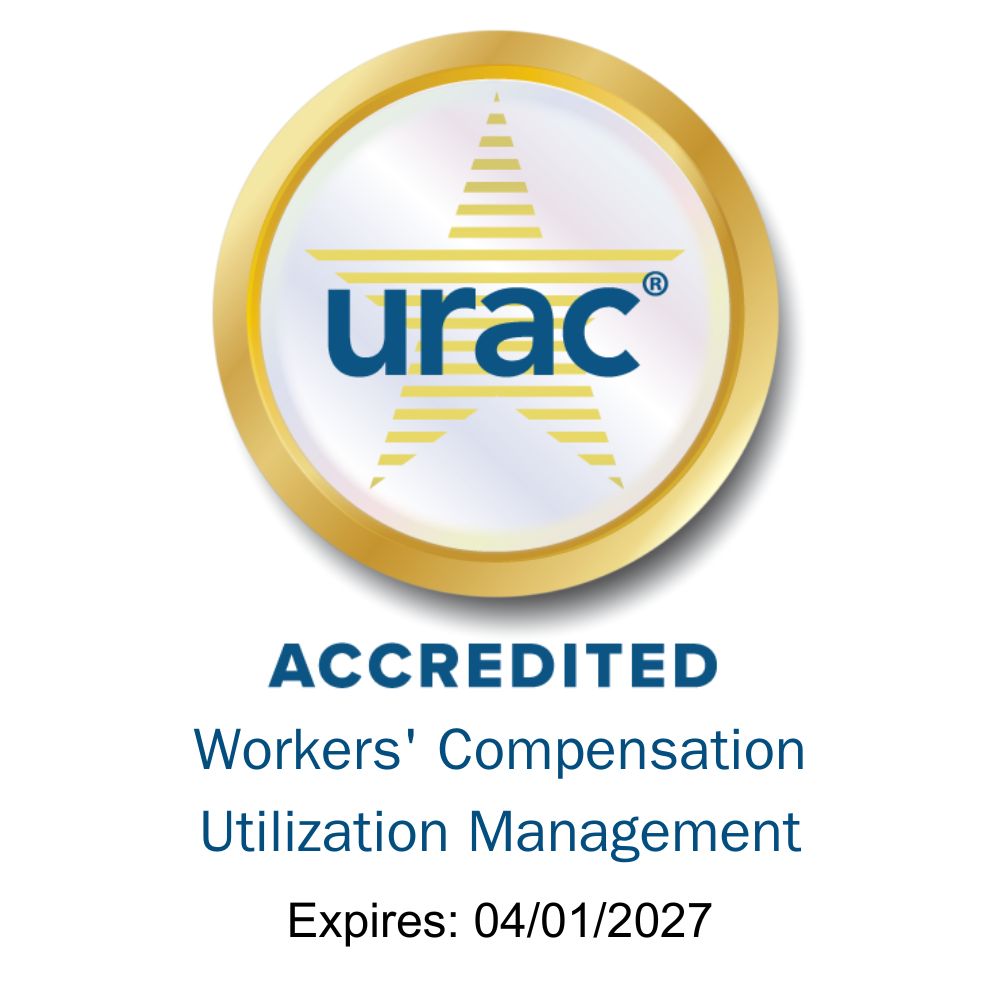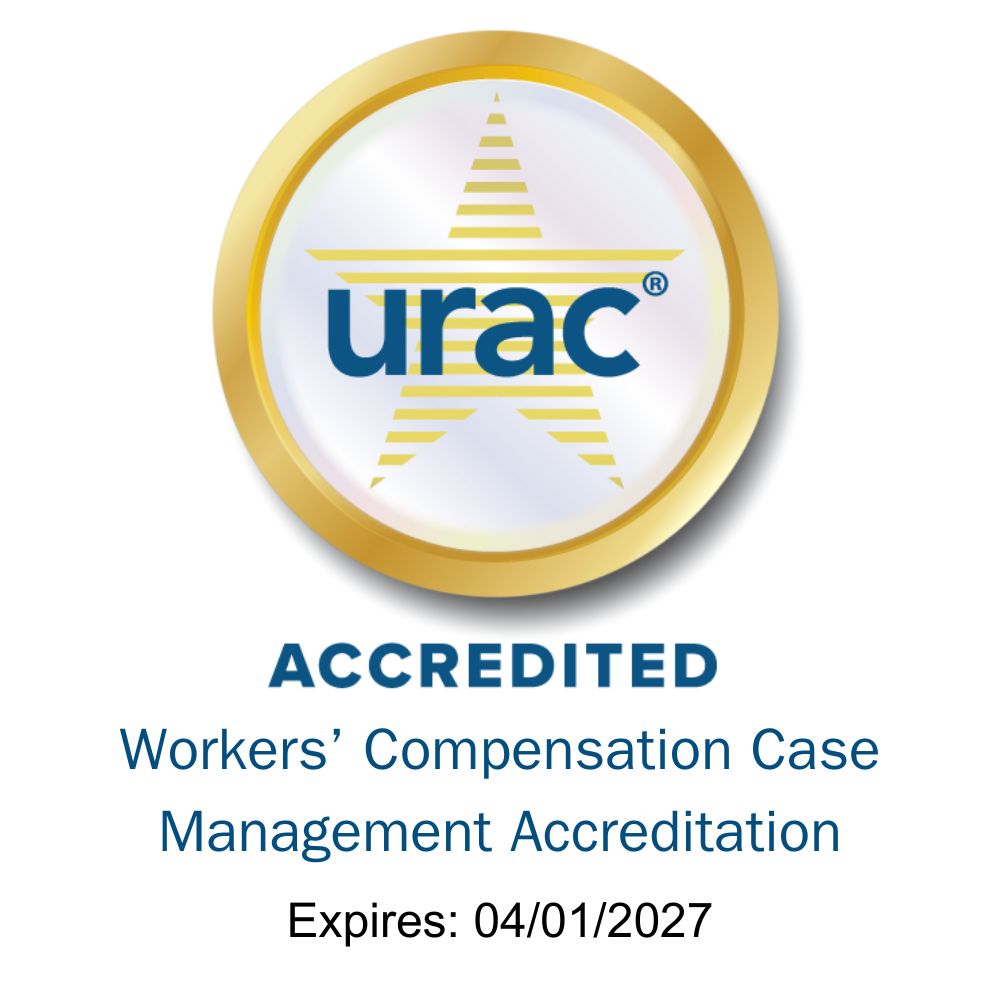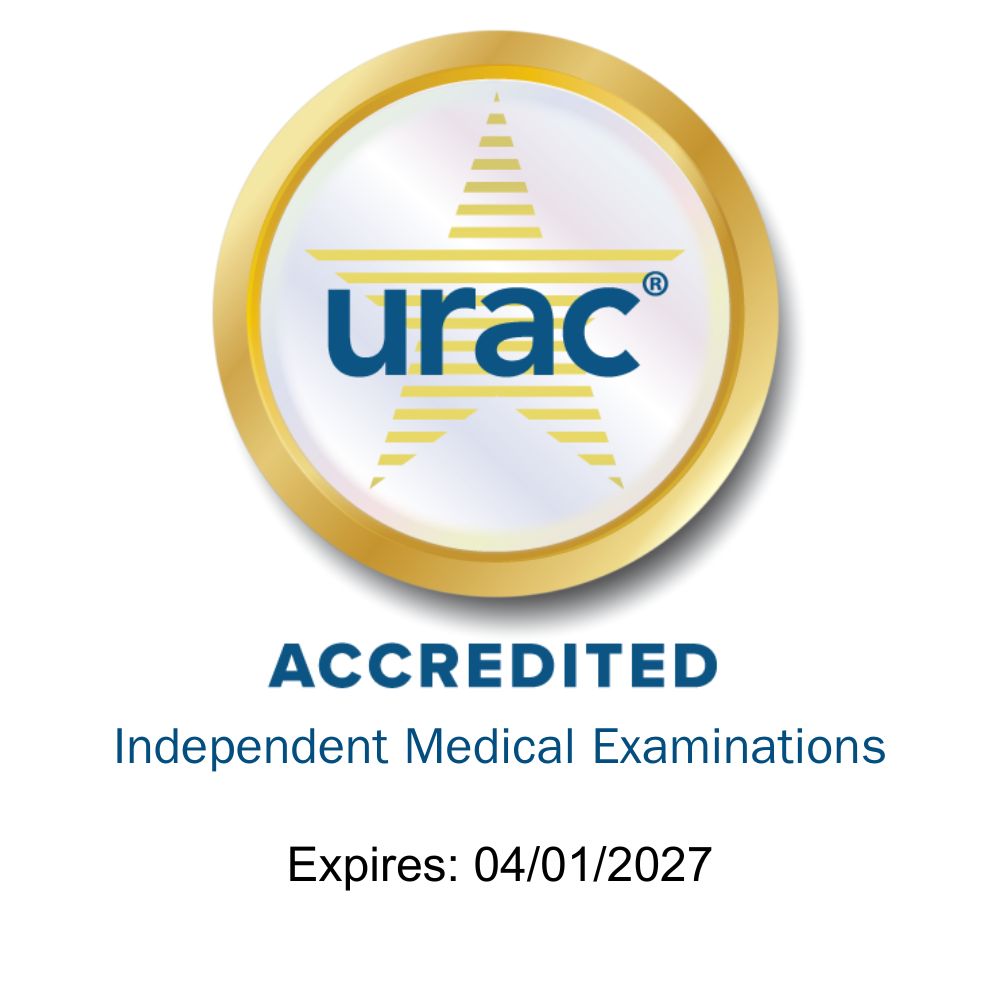We recently met with Anne Levins, our Senior Vice President of Product Strategy & Analytics at Coventry, to talk about the boom in employee turnover in 2020 and 2021, as well as its ramifications in workers’ compensation.
SB: There’s a lot of buzz right now about employee turnover. What can you tell me about that?
AL: It’s been on the rise for years. According to the Bureau of Labor Statistics, it was 42.3% in 2015 and crept up year by year to 45% in 2019. And then it jumped to over 57% in 2020! That includes employees who have quit, were laid off, or were fired. But in recent years, between 60% and 70% of turnover comes from employees quitting their jobs. That’s before the surge in resignations we’ve seen during the pandemic. More than a third of the staff turnover rate is due to employees’ quitting within the first year. And more than half of them quit in the first 180 days.
SB: That’s amazing. Are there some reasons that stand out for employee resignations?
AL: A big one is better job opportunity. According to one recent survey, over 75% say that was the reason they left their job. And more than 60% in that same survey said it was for family or personal reasons. Obviously, people can have many reasons to want to leave their jobs. The COVID pandemic caused many workers to reassess what they wanted out of life, like more time with family or pursuing a different career. A lot of people are on the lookout for something better, especially now. That could be a better schedule, better pay or benefits, a better fit in their lives, whatever.
SB: What industries experience the highest turnover?
AL: Construction, transportation, manufacturing, mining and logging, retail, hospitality—these have always had high turnover compared to other industries. These are mostly physically demanding jobs, so people tend to burn out faster. Turnover in every industry went up in 2020, but hospitality had a huge surge. Restaurants were cutting schedules or closing their doors altogether. Nobody was traveling. That industry took a massive hit with layoffs alone, and then you had the voluntary turnover on top of that.
SB: So how does turnover correlate with workplace accidents?
AL: When you have a lot of new employees on the job, there is a higher risk for serious accidents. People need time to go through training and practice safety protocols. Baby boomers are retiring by the thousands every day, so many companies don’t have as many mentors to go around. Or they may have lost their veteran employees who never wrote down their procedures, or who didn’t update the employee manual before they left. A 2015 report found that 40% of all workplace injuries are attributed to new employees in their first 90 days at work. Half of those injuries involve workers within their first month of employment.
SB: And when you look at the common workers’ comp injuries, this makes a lot sense.
AL: Right. The most common type of workers’ comp injury over the years has consistently been a sprain or strain. Newer employees are more likely to lift something heavy incorrectly, and they pull a shoulder or their back. Maybe they trip over something left in the walkways and hurt a knee or wrist in a fall. Burns are really common in the restaurant industry, as well in hotels or service jobs where you have people working with irons, hot water, or heavy machinery.
SB: What about construction?
AL: About half of all work-related deaths are from construction jobs. OSHA refers to something called the “fatal four,” which are deaths from falling, blunt force trauma, electrocution, and crushing. Safety procedures are obviously of utmost importance. A new employee might be rushing a job or just not familiar with the best practices.
SB: Thank you for your time today. Any last comments?
AL: Job openings are at an all-time high, and we’re all feeling the pinch of the labor shortage in manufacturing, distribution, transportation, the entire supply chain. There’s an expectation that this will ease as we move into September. Affordable childcare has been a concern for many workers, but now children are back in school. Unemployment benefits recently ended as well for many. There’s still a lot of reluctance and anxiety surrounding the Delta variant of the coronavirus, though, so that will continue to be a factor in the labor shortage. Many employers are going to be looking at how they can attract and retain staff, maybe in new ways.
About our contributor
Anne Levins is responsible for overseeing Coventry’s product development and information strategy efforts. She is accountable for setting strategic direction and driving business growth for the company’s network products in the workers’ compensation and auto markets, including employers, third party administrators, and insurance carriers. Anne began her career with Intracorp in provider recruitment and account management. Since that time her role has evolved into a number of analytic and information strategy leadership positions and ultimately into her most recent role leading product development and information strategy for Coventry.







